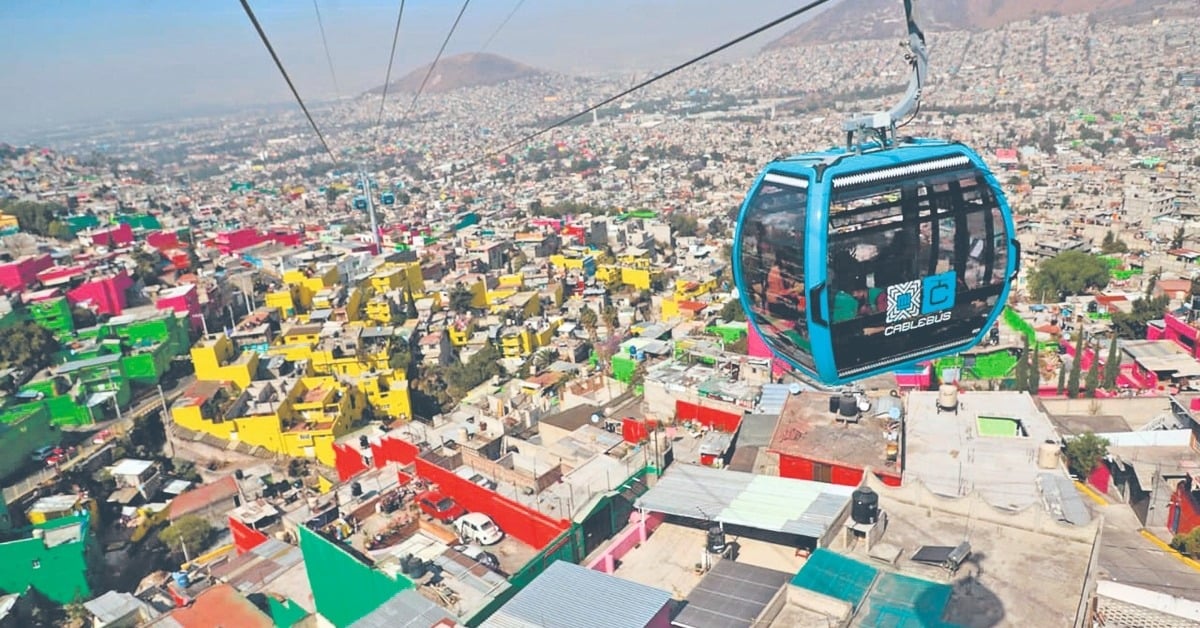Cablebús Line 4 in Mexico City will be the world’s longest urban cable car at 11.4 km, connecting 39 neighborhoods and cutting commute times by nearly half . . .


Cablebús Line 4 in Mexico City will be the world’s longest urban cable car at 11.4 km, connecting 39 neighborhoods and cutting commute times by nearly half . . .

